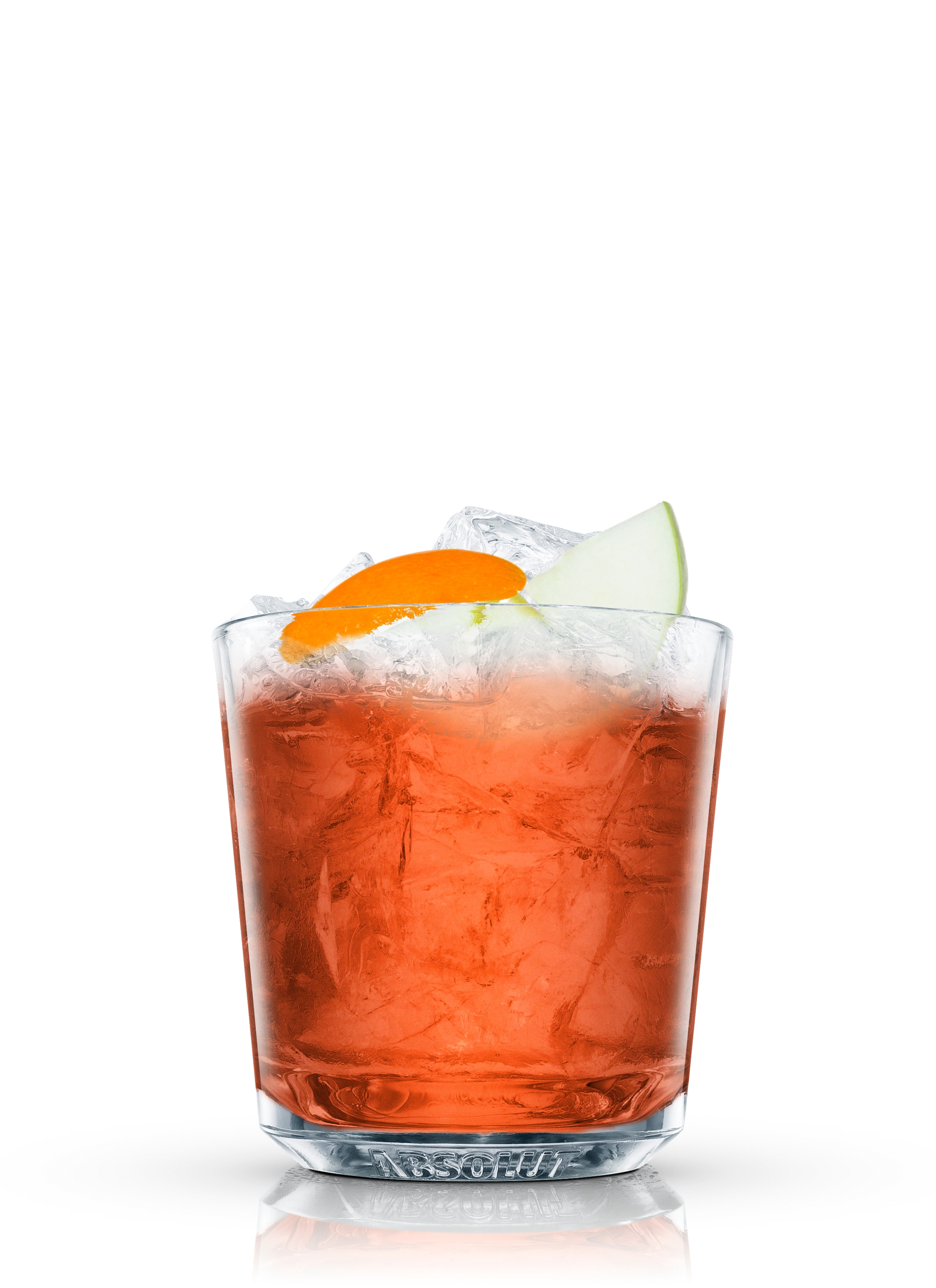

While ideal for cocktails and highballs, old-timers still like it neat. Laird's Brandy is the result of the experience of three generations of that famous family. REC!UISITES The basic ingredient should always be Laird's Apple Jack, one of America's oldest drinks made from the pure juice of pressed apples, double distilled into Apple Brandy. They take pleasure in pre– senting this valuable information in booklet form to their customers, convinced that each cheery suggestion will add to the amenities of daily life, lightening depres– sions and helping to entertain friends.
#Applejack old fashioned recipe how to#
Now that Apple Jack has completed its rapid rise to celebrity- arriving at the best drawing-rooms and the smartest bars by way of first the barn and then the campus– the makers of Laird's Apple Jack (a re– nowned Monmouth County, New Jersey product) have collected the choice recipes of connoisseurs, with hints on how to serve with best results. Or Apple Brandy (Cider Brandy) has been favorably known for years in many sections, but only comparatively recently in elite urban circles, as a basic ingredient which, when properly mixed with fruit juices, sweetenings, etc., produces several mixtures amazingly pleasing to the taste and enliven– ing to the spirits. To all who really wish to beeome expert and enjoy an enviable reputation, read thoughtfully pages 5-8 before attempt– ing to prepare or serve any mixtures JACK and a Colleetion of Celebrated Reeipes by The Authors of rrOne Hundred Ways"Ī llITUAJ, OF DOW AND 'VHEN TO EN.JOY ONE OF NATURE'S GIFTS TO MANKIND

ANONYMOUSĬopyright, 1934 by Stafford Brothers and Laird & Company FIRST PRINTING, FEBRUARY, 1934. It comes out clear like moonshine, but we found people don’t associate clear spirits with applejack, so to give it some color, we barrel age it for six weeks in a rum barrel we got from a rum distillery in Rhode Island.Let ~s sip tlie Apple Brandy~ Till our liearts beat gay within. Technically it’s more of an apple brandy. “The cheap way, the freeze distill way, is a bit dangerous, because there’s a lot of bad stuff still left in there,” he said. To give it complex flavors, the moonshiner would take his time to “age” the applejack, by letting charred oak chips marinate in a jar of it.īruce Olson, co-owner of Tree Spirits Maine makes an applejack, but emphasizes, not the old-fashioned way. Unfortunately, similar to bathtub gin, the leftover liquid also contained amounts of methanol, ethanol and other impurities, but drinking it in small amounts seemed to be the trick. If a hard cider averages around 5% and apple wine around 10-12%, applejack spiked as high as 30% or 60 proof. Leaving the apple hard cider outside overnight, the moonshiner would then syphon out the ice that accumulated, leaving behind the liquid, which increased the percentage of alcohol.

Using nature as an ally after the fall harvest, the moonshiner would “jack” or freeze distill the hard cider (which, technically was actually a concentration, rather than a distillation.) As alcohol freezes at a lower temperature than water, applejack would only be made in the winter. Maine moonshiners irritated by Prohibition (enacted some 70 years before it took hold in the rest of the United States) also decried any form of government interference on a product that they could easily forage from their own orchards and produce with very little equipment at home. With the proliferation of apple trees on the east coast, thanks to what European colonists brought with them, applejack became a Maine pasttime and staple. Sprinkle with cinnamon, nutmeg and/or clove.And when one didn’t have the fancy still equipment to get “boozy, buzzey and halfway to Concord,” applejack was one of the first and most practical ways of producing a higher concentration of alcohol from freezing fermented cider. Farm-to-flask has been around since the colonial era, when Americans believed that fermented and distilled drinks were a cure-all for pain, illnesses and general fatigue.


 0 kommentar(er)
0 kommentar(er)
